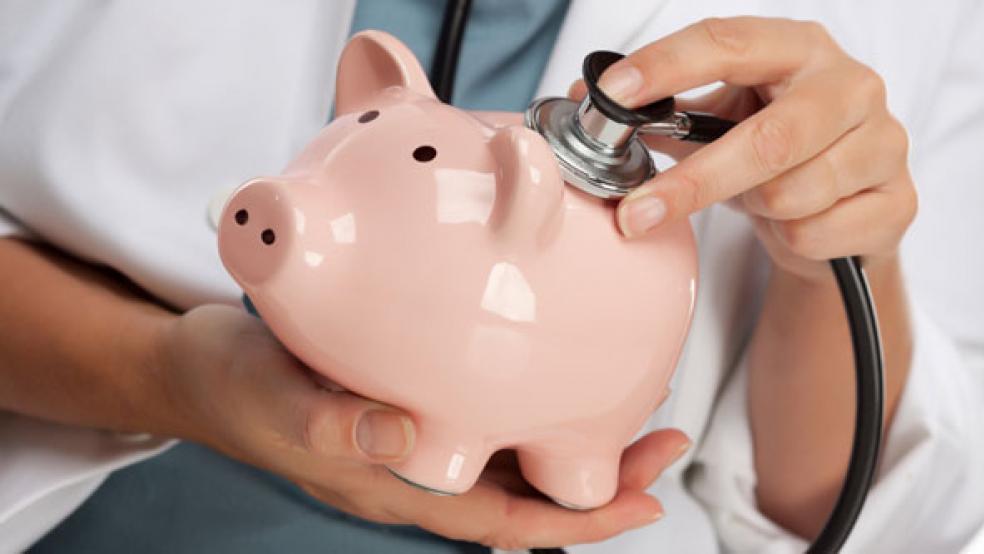The number of Americans without health insurance was stable during the first year of the Trump administration, with the uninsured rate rising to 9.1 percent, a statistically insignificant increase from 9 percent in 2016, according to an analysis released Tuesday by the Centers for Disease Control and Prevention.
The CDC said that 29.3 million Americans were uninsured in 2017, compared with 28.6 million the prior year.
The report appears to contradict a recent survey by the Commonwealth Fund indicating that the number of people lacking health insurance has risen by 4 million since 2016, as well as a Gallup poll that showed a slight increase in the uninsured rate in 2017. The CDC survey, however, is much larger and covers the entire calendar year, and is generally seen as the more authoritative analysis.
The findings came as a surprise to some supporters of the Affordable Care Act, who have warned that “sabotage” by the Trump administration and Republican lawmakers will cause more people to lose or go without health insurance. At the same time, the report contradicts President Trump’s repeated claim that Republicans have effectively repealed Obamacare. The number of people getting health insurance through the federal exchanges was relatively stable last year.
Larry Levitt of the Kaiser Family Foundation pointed out that the changes Republicans have made to Obamacare – including the reduction in outreach programs and the elimination of the individual mandate penalty, as well as the possible expanded availability of non-ACA compliant insurance plans – have not taken full effect yet, and the numbers may worsen in the next few years.
Levitt also noted that the report shows a significant difference in insurance rates between states that expanded Medicaid under Obamacare and those that did not. While the gap has been substantial from the start, it grew larger in 2017 as the percentage of uninsured in non-expansion states increased to 19 percent, up from 17.5 percent in 2015.

Another sign of deterioration in coverage was an increase in the uninsured rate for middle class (“not poor”) adults, which rose to 8.2 percent in 2017. Katherine Hempstead of the Robert Wood Johnson Foundation told the Associated Press that this increase could reflect the big jumps in Obamacare premiums that hit those without subsidies the hardest. “They are uniquely required to pay the full retail cost of health care,” Hempstead said.




